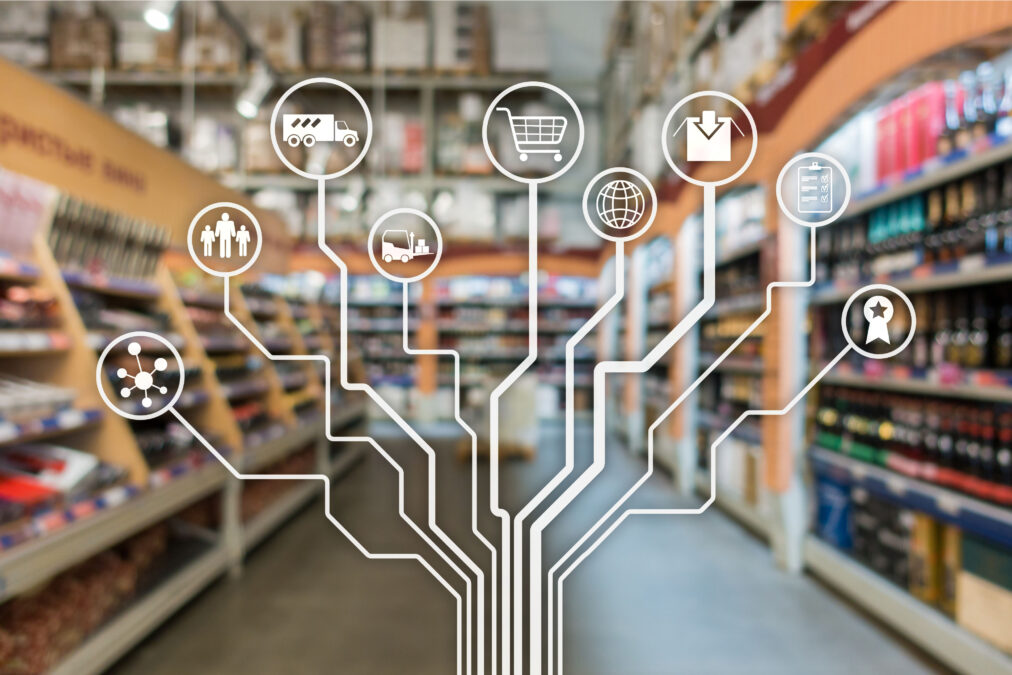Market confidence may have taken a beating this summer in the wake of Brexit, but despite uncertainty, shoppers are still spending.
What’s important now is that retailers ensure they stay relevant and for this, the smart use of content is critical.
Content is a retailer’s main vehicle for communicating with customers and today’s retailers are confronting the ‘age of big content’.
This carries with it significant challenges but also real opportunities for improving customer engagement and market share.
Keeping up appearances
First let’s take a quick look at one of the more traditional – but still important – types of retail content.
Editorial content is arguably the most well-established of the content types. It plays a central role in driving the customer journey, brand engagement and sales.
It’s generally seen as a more traditional and approachable way to communicate details about a brand and how it fits into a shopper’s lifestyle.
>See also: Retailers are missing out on £6.6 billion a year by not being ‘mobile first’
Editorial content has played an important role in retail marketing and branding throughout the years.
First made popular through appearances in the glossy catalogues of department stores, mail-order catalogues, it has now found a home online via dedicated websites and social media platforms.
It has always been, and remains, an important element of a retailer’s content strategy, but as technology develops, consumer shopping habits change and e-commerce continues to grow in popularity, retailers must expand their content horizons.
Looking at content differently
While editorial content maintains an important place in the mix, the future of e-commerce retail also relies on several newer types of content.
Rich media, social media and user generated content (UGC) are becoming increasingly commonplace and important in the changing online retail landscape.
Rich media includes elements like videos, integrated image zoom, 360-degree spin and roundels.
>See also: How retailers can improve the performance of their content marketing – study
Without the ability to touch and physically interact with a product in-store, it can be difficult for e-commerce retailers to convey the characteristics and quality of a product to shoppers. This is where rich media comes in.
For online shoppers, these features play a critical role in creating the closest thing possible to an in-store experience.
Rich media elements are becoming more and more common as shopping and content usage evolves, and in the years to come the incorporation of these elements will no longer be a ‘nice to have’; they’ll be table stakes for any retailer hoping to remain competitive online.
Social is the key
Social media content is also playing an increasingly important role in today’s retail content mix. For retailers targeting younger audiences it has become an incredibly powerful tool.
Certain platforms enable retailers to interact with customers – particularly those in the millennial generation – in forums where they’re already spending their time.
Twitter, Facebook, Instagram, Pinterest and others offer brands natural ways to engage with consumers, posting content for them to ‘like’, comment on and share with their connections.
Smart retailers are making the most of these channels by maintaining fresh content across their social pages and including social links on the home page of their sites to encourage exploration and engagement.
Many have dedicated social managers to respond to comments, interact with consumers and even run contests across these networks.
>See also: How retailers are using high frequency content to drive a quiet revolution
Another key development in this space is shop-able content. Giving shoppers the ability to purchase directly from a social channel, with just the click of a button, opens up worlds of opportunity.
Millennials in particular are notorious for wanting products and services that fit into their lifestyle.
What could be easier than perusing your Instagram feed and buying directly from a brand’s recent post?
In the future, brands will be judged not only by their websites, but by how well they manage the content across their social presence and whether or not that content is shop-able.
Content for the DIY generation
Another type of content that has gained steam recently is UGC, with an increasing number of brands seeing the value of this type of crowd sourced content. In fact, UGC’s benefits are numerous.
To begin, it offers a great way to foster relationships with customers and make them feel truly connected with a brand and thus more loyal. It also offers inspiration for consumers who can view how their peers are utilising products.
For brands, it offers a low-cost way to keep content fresh. Utilising UGC doesn’t carry high costs as some more traditional content might, so mixing it up more regularly isn’t prohibitive.
Finally, for global brands and brands expanding to new markets, UGC offers a great way to localise content.
Localisation can be costly and time consuming for rich content like videos, but UGC can be easily and cheaply utilised to provide local colour across the globe.
Retail content has certainly evolved over the years and continues to do so. No matter the form it takes, however, content remains king in this industry, and retailers must leverage the right mix of content types to reach and engage with their target audience.
Digital forms of content are certainly becoming more front and centre, but more traditional content still has a place in the mix too. It’s an exciting time in the industry as the content landscape continues to develop.
There’s no doubt that it carries challenges, but today’s big content environment is also rife with opportunity for retailers willing to embrace it.
Sourced by James Brooke, CEO & founder, Amplience










